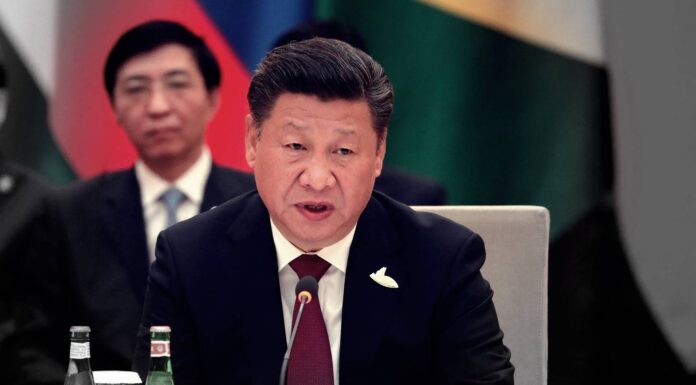China faces economic challenges from a weak real estate sector and an industrial shift towards high-tech, worsened by President Xi Jinping’s focus on national security and market distrust.
Economic Challenges in China
China grapples with economic hurdles stemming from a weak real estate sector and a shift towards high-tech industries. President Xi Jinping’s emphasis on national security and skepticism of market forces exacerbates these challenges, stifling entrepreneurial innovation and economic adaptability.
Real Estate Sector Decline
Historically a major GDP contributor, China’s real estate sector now struggles, compounded by Xi’s "Three Red Lines" policy aimed at reducing developer debt. This, combined with emphasis on high-tech sectors, further complicates economic growth. Concerns linger about China’s ability to recover, with some fearing a potential major downturn under current policies.
Under Xi Jinping’s leadership, China has faced significant economic challenges despite impressive growth metrics and increasing influence on the global stage. One major obstacle has been the trade tensions with the United States, which escalated into a trade war starting in 2018. Both countries imposed tit-for-tat tariffs, leading to disruptions in trade flows and a climate of economic uncertainty. This rift impacted China’s export-driven economy, compelling Beijing to look for ways to reduce its dependence on the American market and diversify trade partnerships.
Internally, China has grappled with the complexities of transitioning from a manufacturing-based economy to one driven by services and consumption. The overreliance on state-owned enterprises (SOEs) presents another significant challenge. Though these entities have been central to China’s economic story, their inefficiencies and debt levels raise concerns about sustainability. Efforts at reforming SOEs have met resistance, as these organizations are deeply entrenched in the socio-economic fabric of the country.
Debt levels, in general, pose a significant issue. Local governments, in particular, have accumulated massive debts through off-budget borrowing, which has fueled infrastructure projects but also raised red flags about financial stability. Beijing’s attempts to deleverage—essentially, to reduce these debt levels—have been cautious to avoid triggering economic slowdowns. The balancing act between sustaining growth and controlling debt has proven to be a difficult maneuver.
Additionally, the property sector has come under strain. The Chinese government’s efforts to rein in speculation and sectoral debt culminated in the 2021 crises involving major developers like Evergrande. These companies faced severe liquidity issues, threatening wider financial contagion. Housing is a critical sector in China, both economically and socially, making its stabilization vital.
Moreover, demographic challenges add another layer of complexity. The effects of the one-child policy are becoming increasingly apparent, leading to an aging population and shrinking workforce. This demographic shift will likely pressure public resources and impact long-term economic growth potentials.
Finally, innovation and technology have been double-edged swords. While China has made leaps in areas like 5G and artificial intelligence, the push for technological self-reliance has incurred substantial costs and trade restrictions from other countries. Balancing technological ambition with geopolitical realities remains a critical challenge.
Source : China’s Economic Challenges During Xi Jinping’s Tenure


